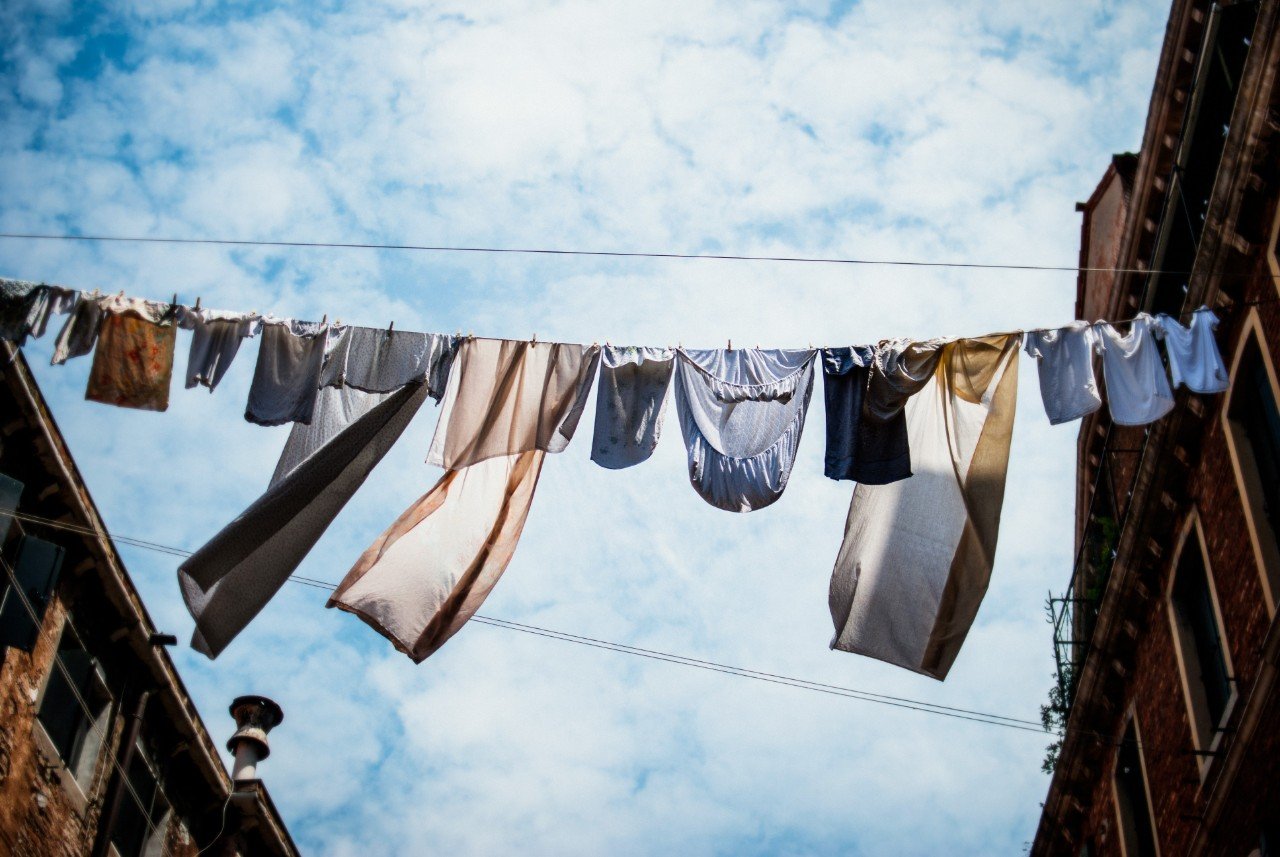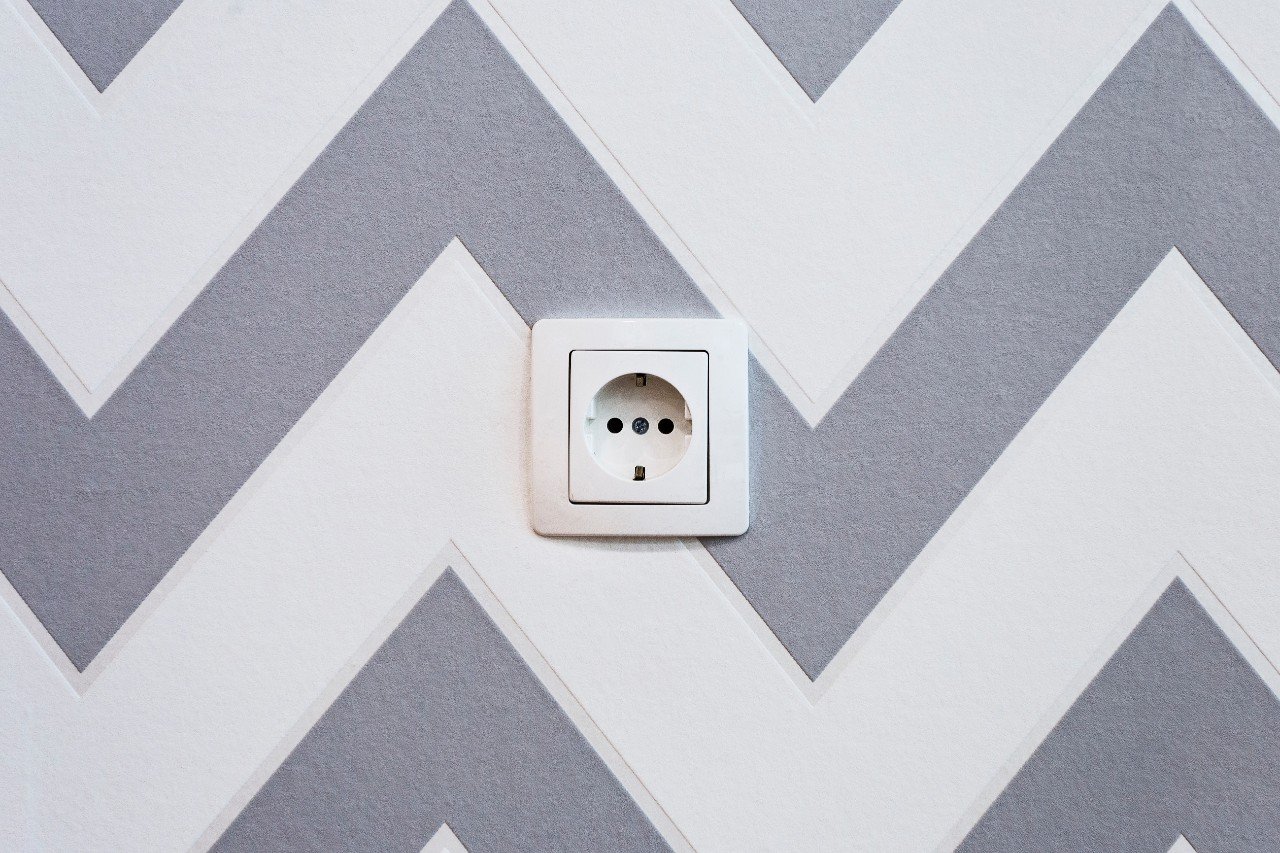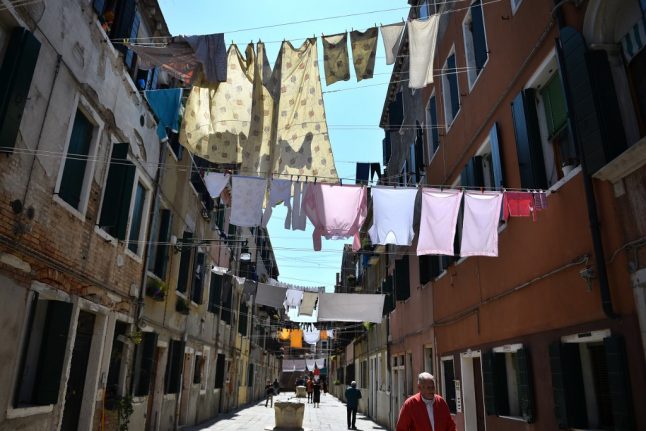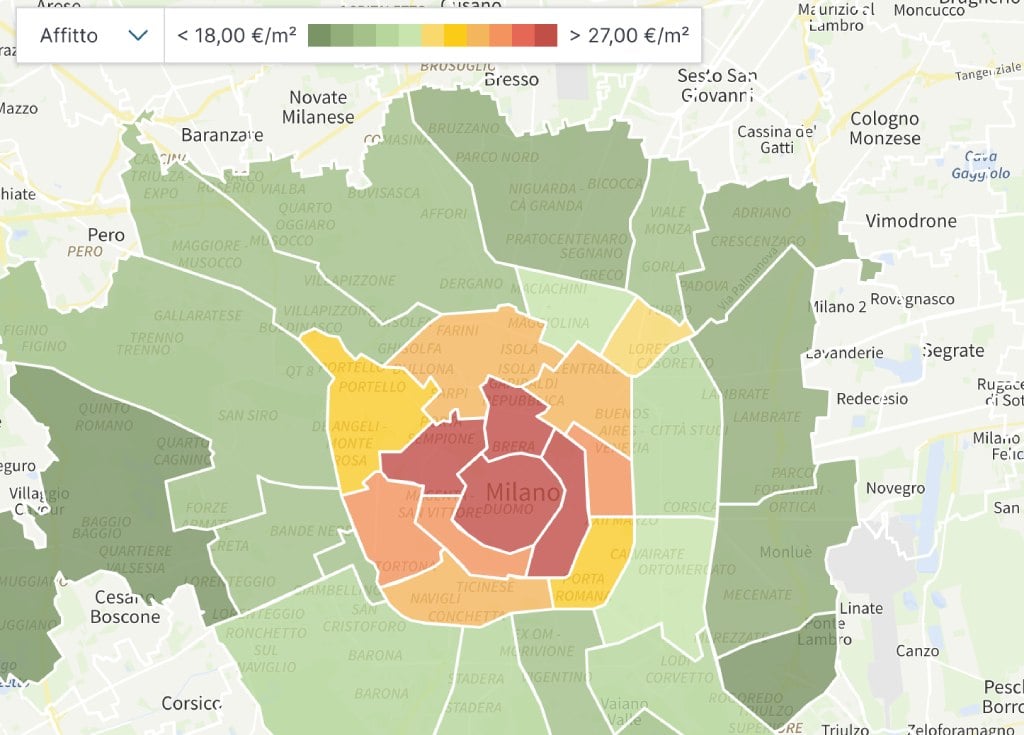We brought no electric appliances with us when we moved to Italy. We knew the power was different as well as the plugs. No sense in taking useless equipment; we just figured we would buy anew what we needed when the time came.
At least that was the plan.
The first appliance we encountered was the washing machine. It was new and it came with the house. After several failed attempts to turn it on, we called in the previous owner for a tutorial. Neither of us took notes. Which meant, after she started it and we got our first load done, we had to call her again a week later.
MORE FROM OUR READERS:
- 'How I found 'home' when searching for my roots in a remote Sicilian village'
- Italian problems: Figuring out the post office (and how to get through the door)
- 'How Little Britain helped me deal with Italian bureaucracy'
I suppose I should mention that, in addition to there being three times as many buttons, knobs and dials as we have seen on any washing machines in our life, all of the markings on the face of the machine are in Greek. Literally, Greek.
We did eventually get the right sequence and settings to do most types of clothes. But we are loathe to change any settings for fear we will have to start all over again.
Fortunately, our clothes get washed just fine. Except that it takes three hours. The machine seems to work in slow motion, sloshing about, then sitting motionless, sloshing again, but never reaching that crazed churning that you hear from an American washing machine at the peak of the cycle, when the machine is rocking on its feet.
Everything is slower here. Why not washing machines?
We do not have a dryer, which was hard getting used to. No drying on demand. But in the summer those sheets and shirts smell so good after flapping in the hot sun for an hour.

Photo: Eric Witsoe/Unsplash
It took two years to figure out how to deal with winter, when drying can take days. We now place a folding rack draped with damp clothes in front of the roaring wood pellet stove. The stove warms several rooms, reduces our heating costs significantly, and gets the clothes toasty dry in a couple of hours. Trifecta!
As a side note: I do my own laundry and always have my entire life. I seem to have imported to Italy a rather shocking cross-cultural clash. I have yet to see any other male in the village hang out clothes. Indeed, the widowed neighbour next door actually hires a woman to hang his clothes out the window.
READ ALSO: 'There's no privacy setting': Swapping the big city for a small town in Italy
So, on to Baffling Appliance Number Three: the vacuum. After only 30 months we are on our second one. The first was a name brand. But it suddenly stopped working. I suspect it was my fault. Something I swept up burned out the motor. Aspirapolvere morto.
So we bought a second. A stout and sturdy German make, no nonsense, powerful. It came with a German plug. Which fits no outlet in this house. So we have to keep a ready supply of adapters for each room.

Two prongs or three? Photo: Neven Krcmarek/Unsplash
Speaking of adapters, we have multiple sets. Why? Because there are three types of wall outlets in this house. Some take only two-prong plugs. Some take only thin three-prong plugs. Some take only fat three-prong plugs. It’s a constant juggling dance with adapters in hand. Some day we will have them all memorized, I’m sure.
Let me also mention the fuse box. The regional power company sent a guy to switch out the main box by the front door to something considered “state of the art”. It seems to make little difference. Switching on a fourth appliance always trips it and we are suddenly plunged into both darkness and a partially cooked meal.
We select an offending machine and turn it off. After resetting the main, we are back in business. Actually, we know the solution. The box is sized for 3.2 kw. We need to upgrade to 4.5. But we don’t seem to ever get around to it. I don’t know; maybe we really enjoy screaming into the dark at random moments.
READ ALSO:
- How to stay out of trouble when renovating your Italian property
- Italian property problems: Why do ten strangers own my bathroom?
- The ups and downs of buying a property for retirement in a hilltop village in Italy

Photo: Christophe Simon/AFP
The final bugaboo is the hot water heater. This thing is amazing. It has no storage tank. Somehow, it directs a super-hot flame onto the supply pipe and gives us hot water within seconds – most of the time. Sometimes it chooses not to. Just cold water sprays out of the shower head. Or midway through washing dishes, the hot water ceases. I don’t get it.
Last winter we had a running battle with the water heater, which resides in the cantina (cellar) and requires going down a flight of stairs and throwing open an ancient door made of heavy wood slats. There it is, a gleaming, fire-engine-red box, mounted on the stone wall.
During that winter, we had huge, long lightning storms. One of them, which felt like it struck something very close by, knocked out the heater. No hot water for a week until the service guy could come. The fix was not cheap; the lightning strike had fried a little computer board. He quickly replaced it, gave us the eye-popping bill, and we were good to go.
We told our neighbours about this incident. They listened and admonished us to always unplug the heater when a storm approaches. Who knew? We never had to do that in our past lives. But OK then, when we heard the next storm coming, we ran down and pulled the plug.
READ ALSO:
- 'If you want to move to Italy, brace yourself for things not going the way you want'
- Life in Italy: The ten things you'll notice after moving from the US
- 'How I got an elective residency visa to retire in Italy'
After the storm receded we plugged it in again. No hot water. Oh my. Did we not get it fast enough? Will we have to pay for yet another costly circuit board? A cold shower on a winter morning is definitely not something to look forward to.
The service guy came again, only the next day this time. He looked at it and gave out a huge horse laugh. We had plugged it back in with the prongs facing the wrong direction. But… but… the prongs are identical. Examining the plug later with a flashlight, I noticed a tiny off-white directional arrow, painted on the white plug.
At least we could amuse the guy. And he didn’t even charge us.
We are convinced that we are now the butt of many a mirthful tale told during pranzo with his buddies. I can just hear it.
“Questi Americani. Pazzi!”
Mark Hinshaw is a retired city planner who moved to Le Marche with his wife two years ago. A former columnist for The Seattle Times, he contributes to journals, books and other publications.
Would you like to write about your life in Italy for The Local? Get in touch.





 Please whitelist us to continue reading.
Please whitelist us to continue reading.
Only three kinds of power socket? We’ve got four!